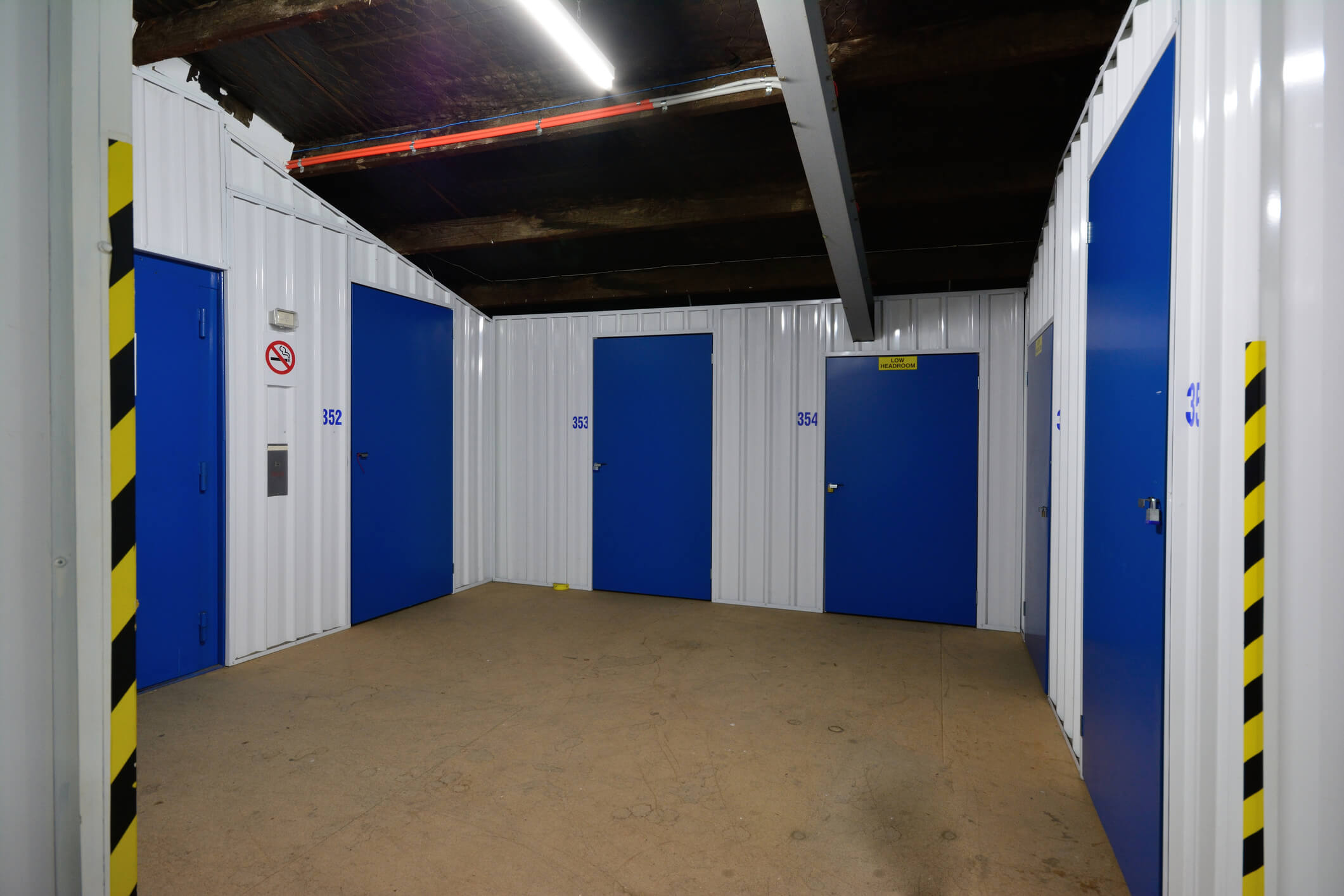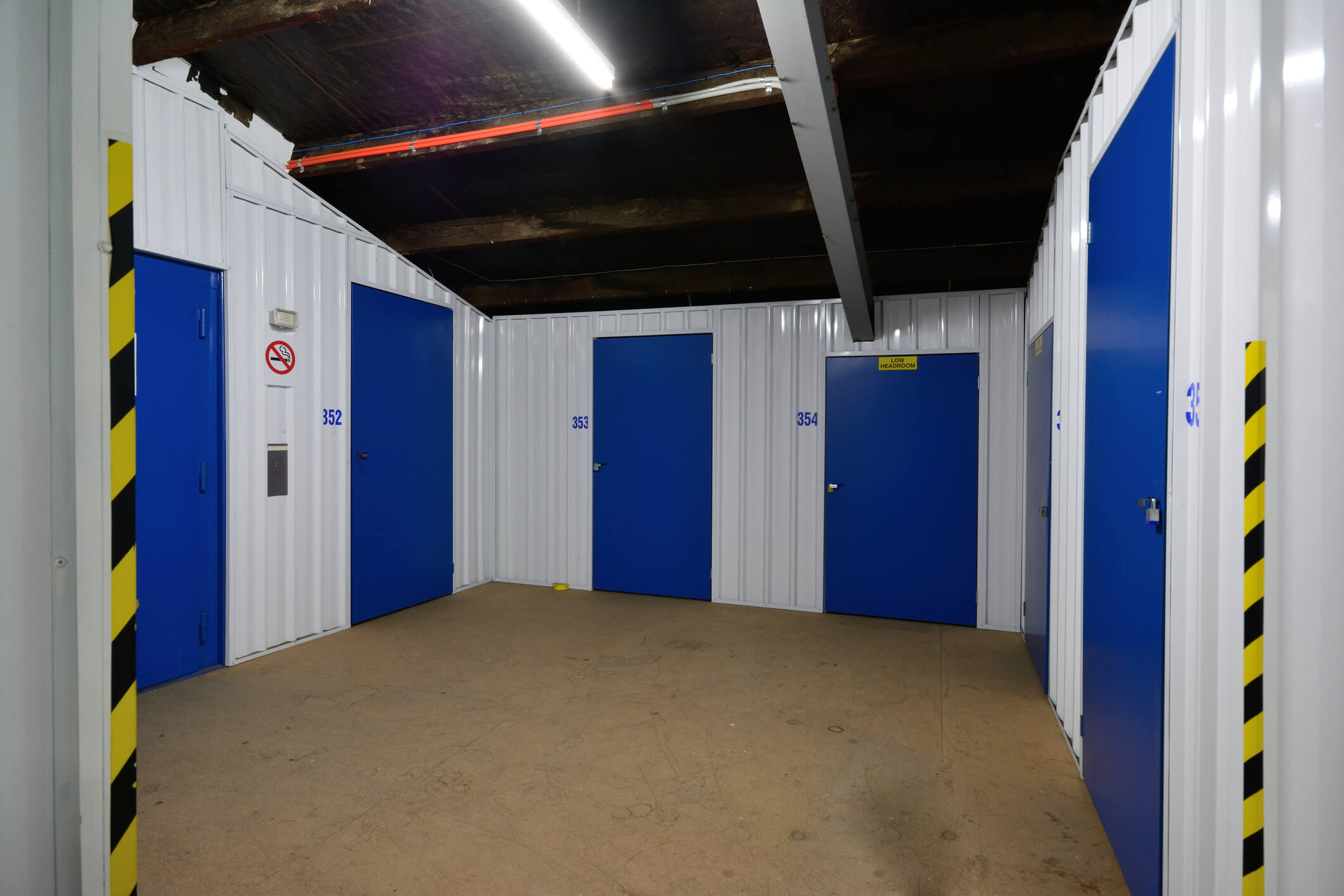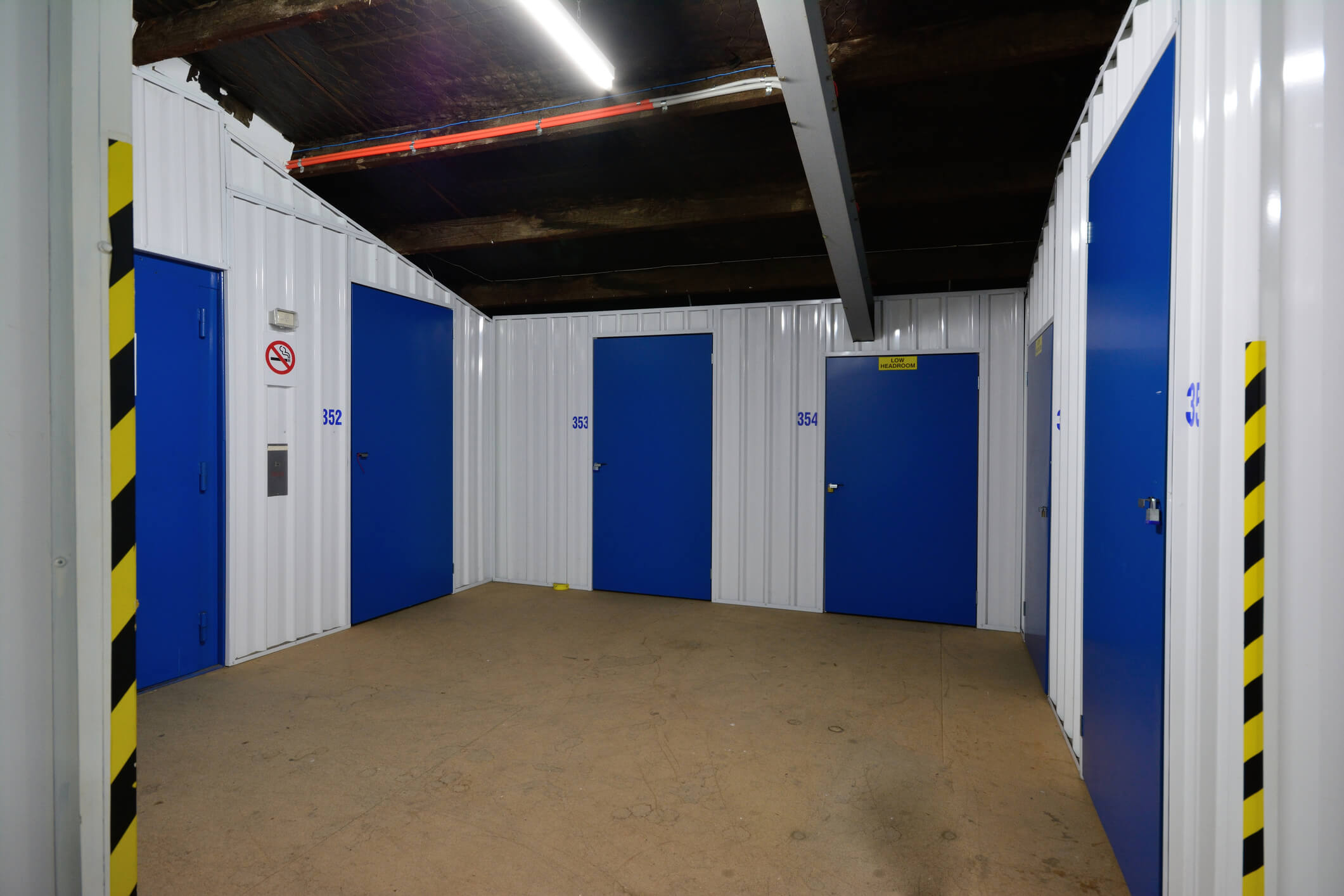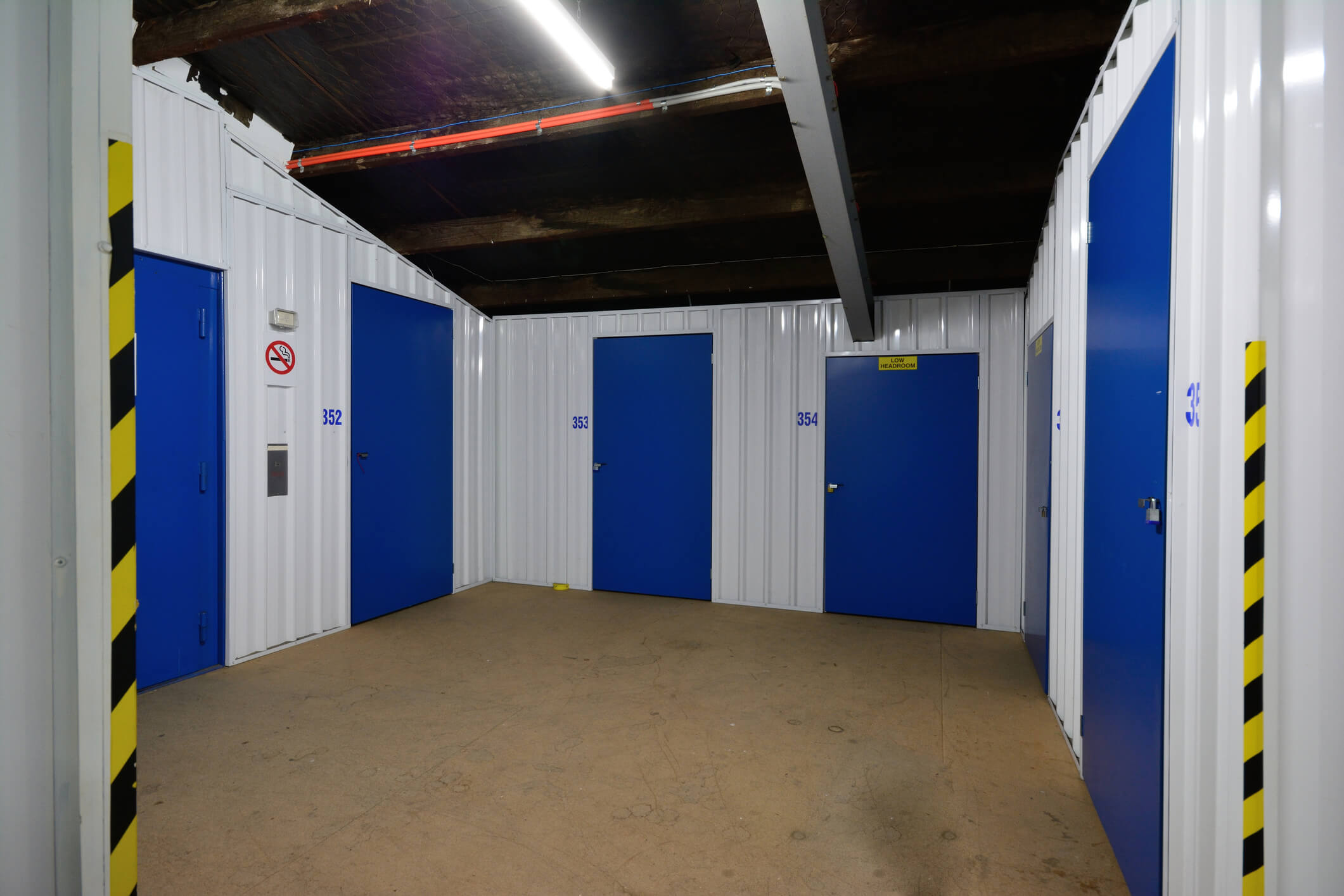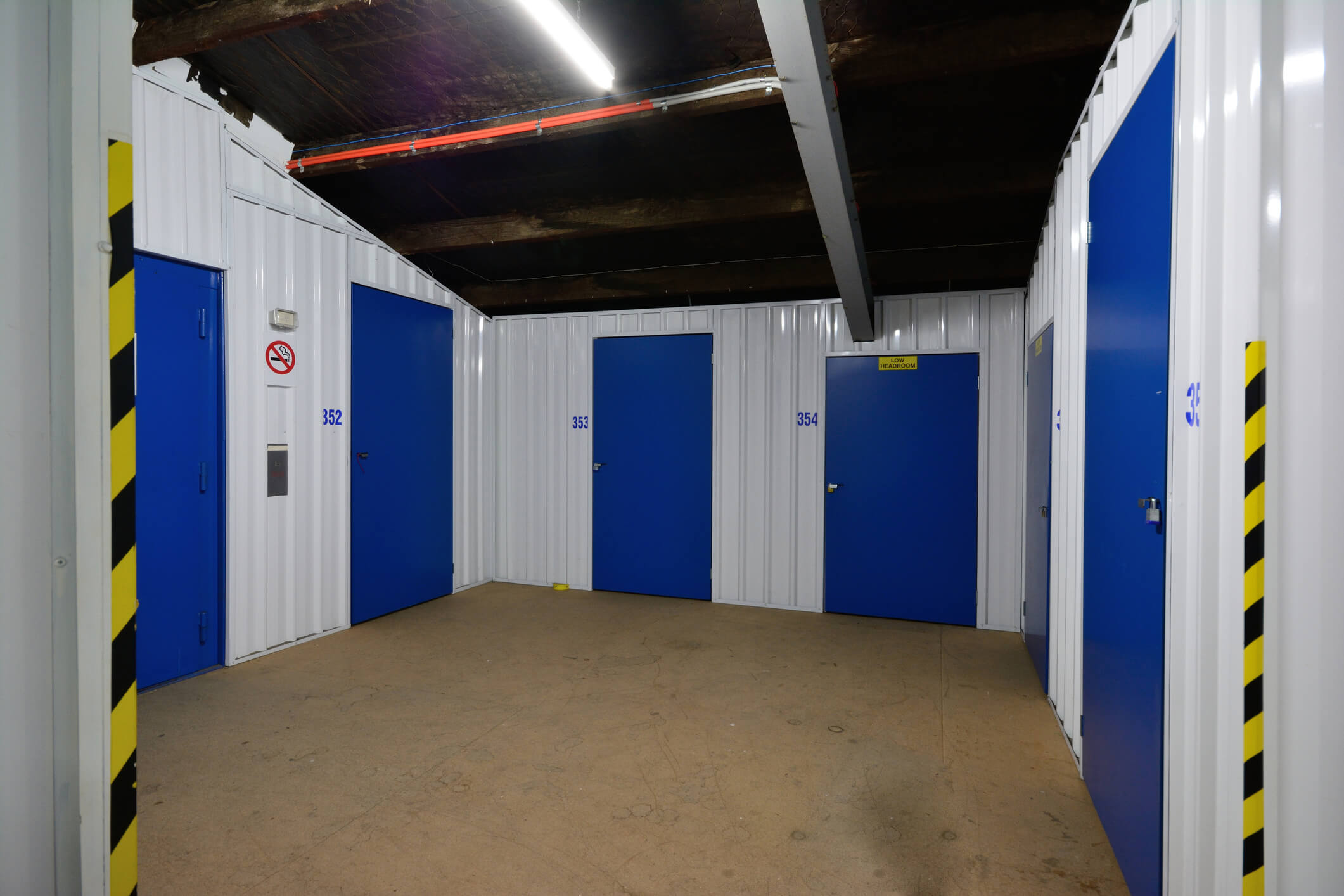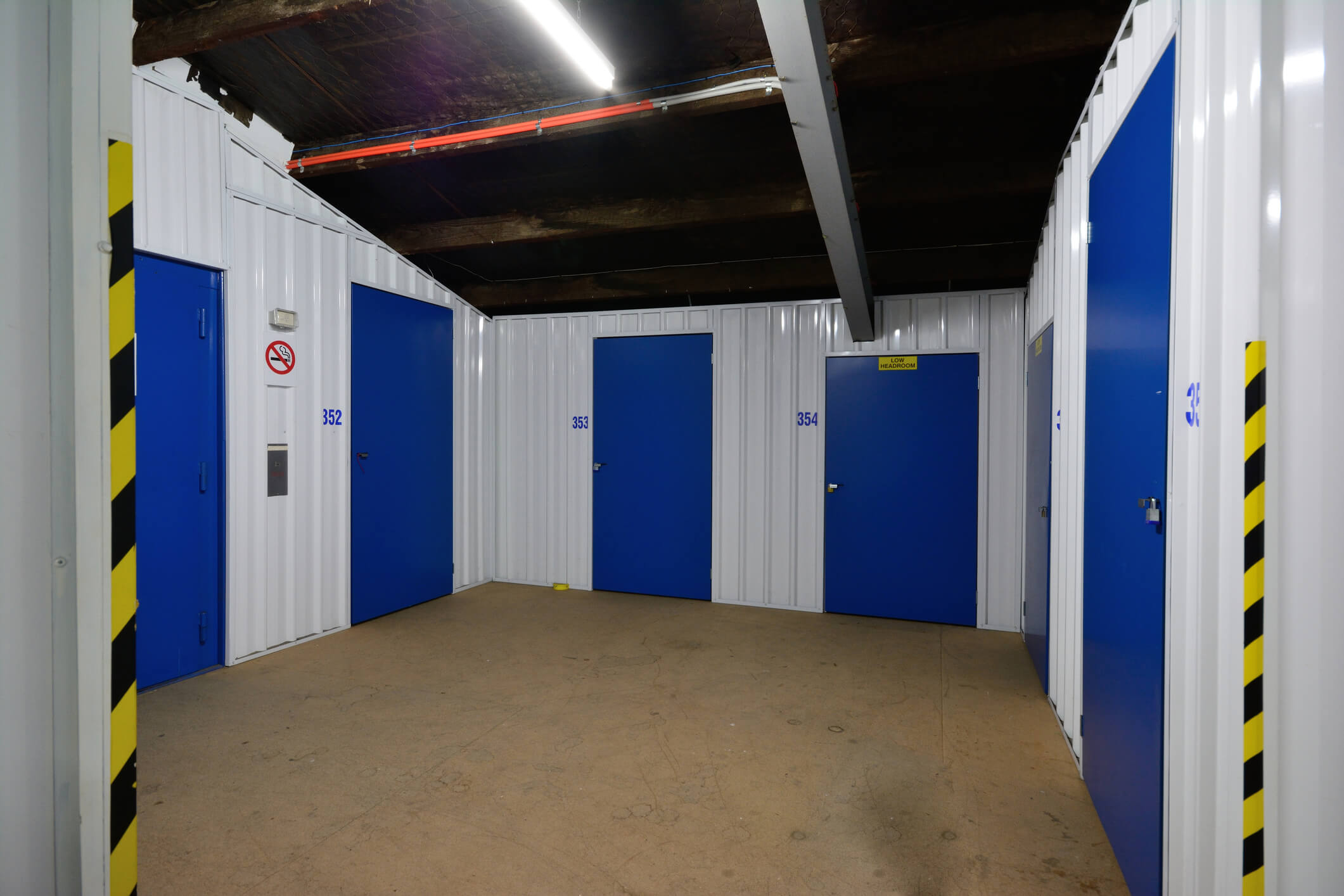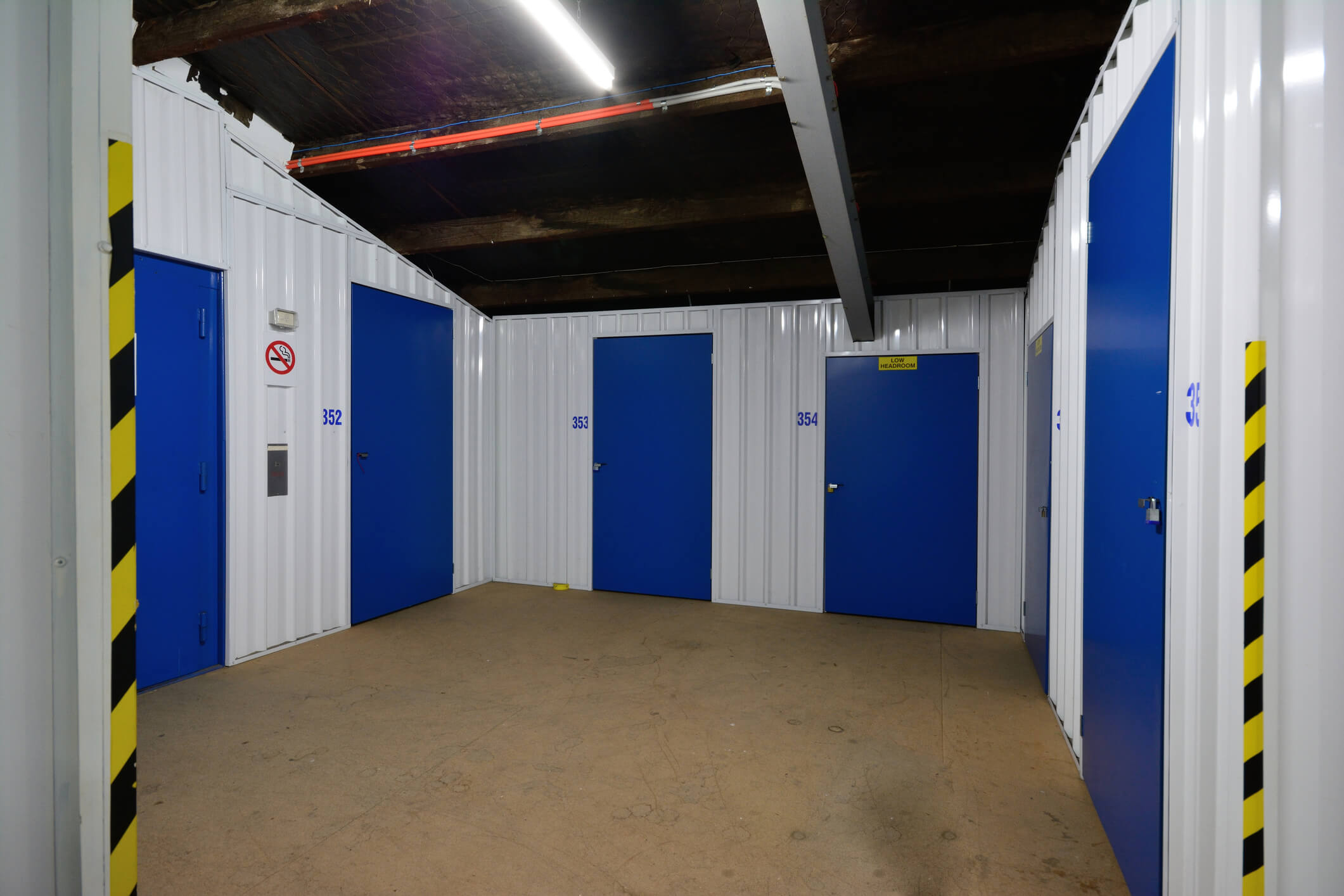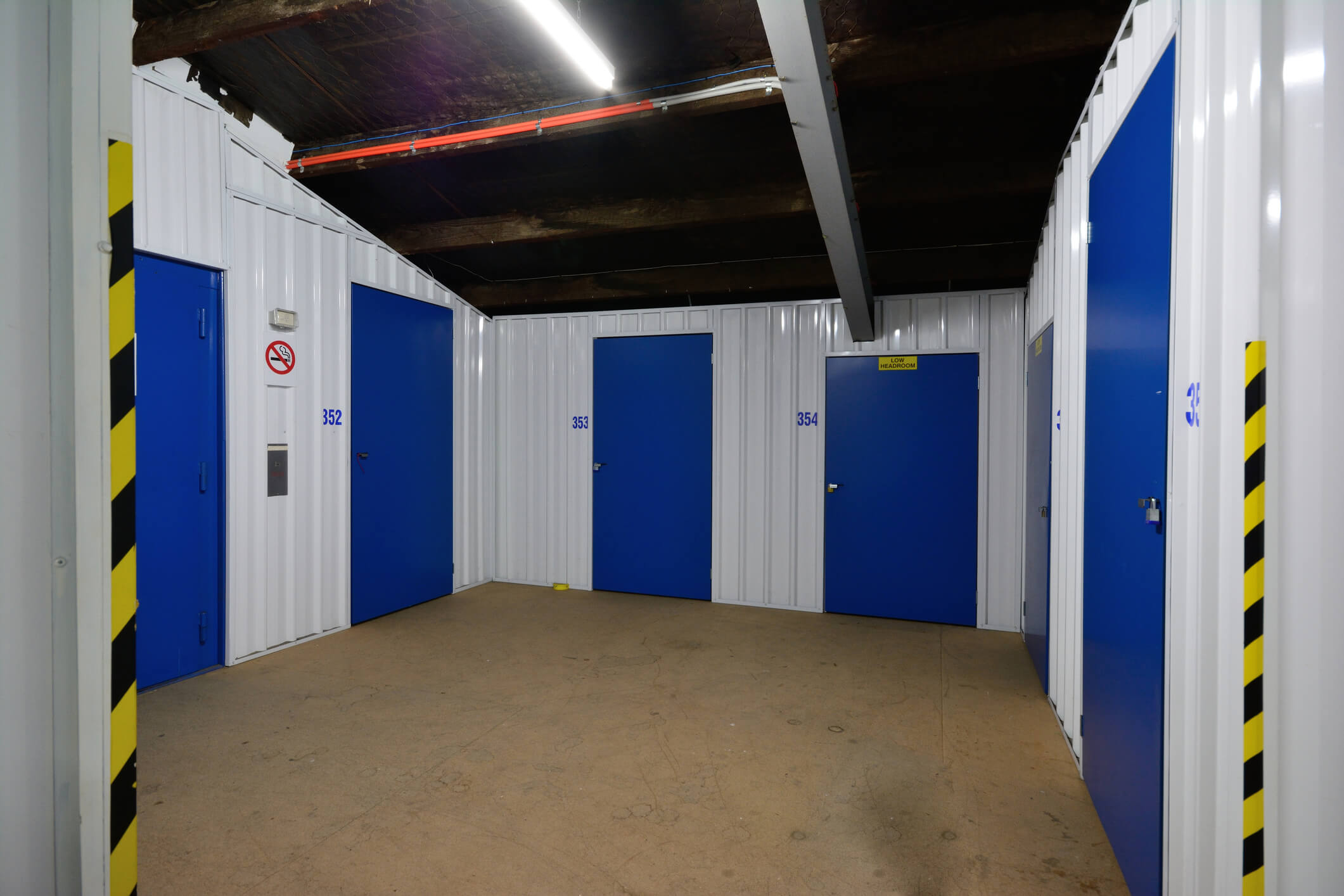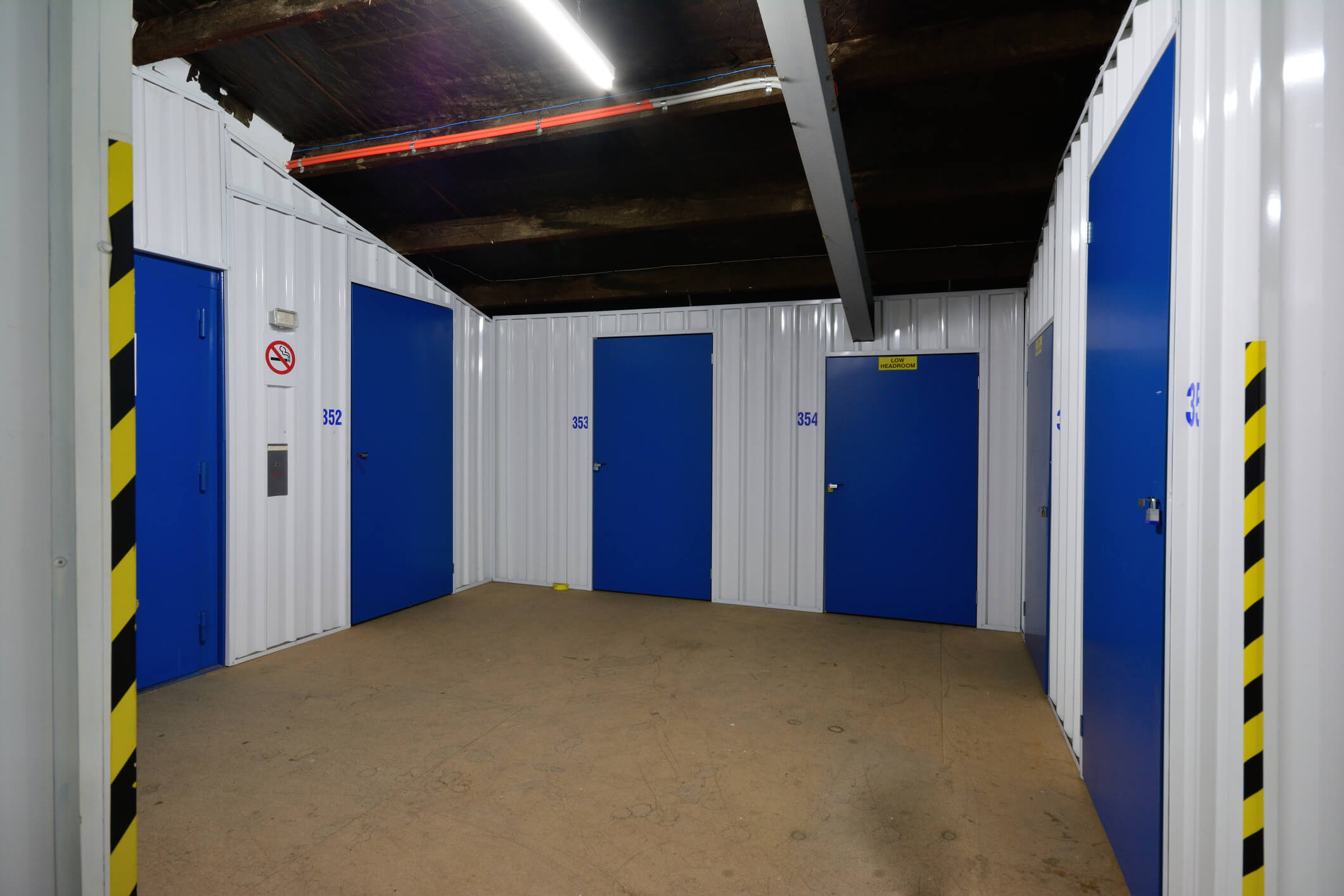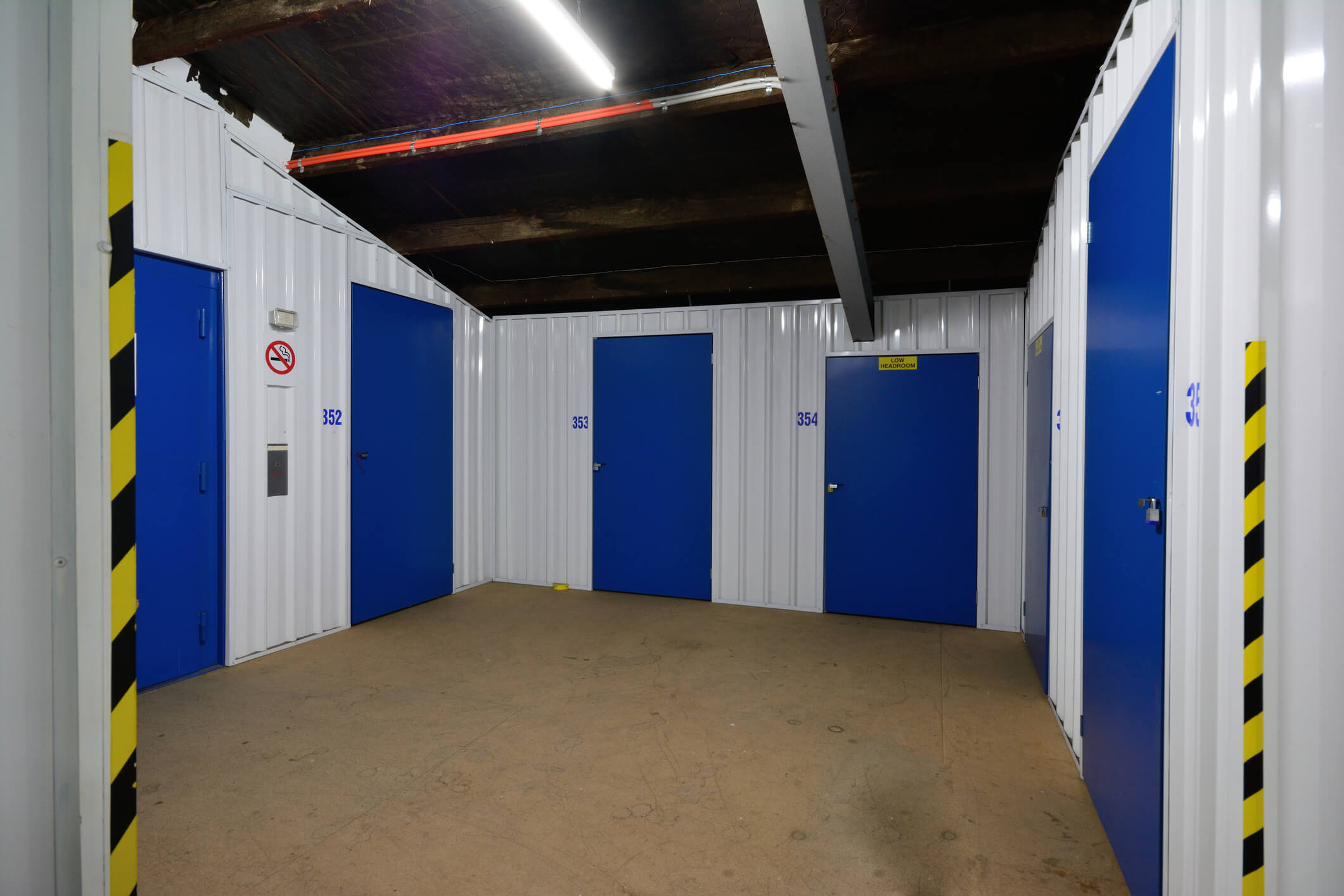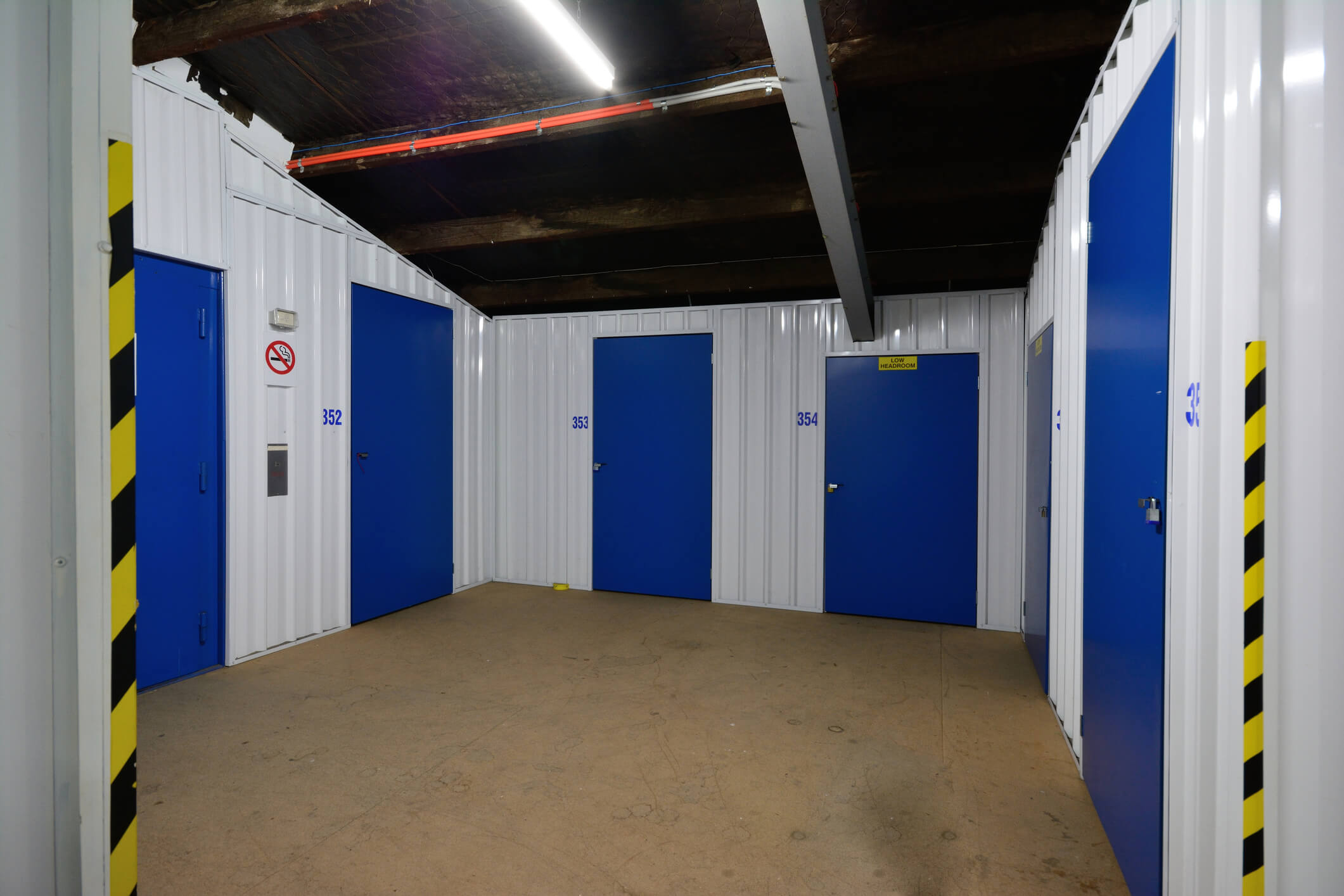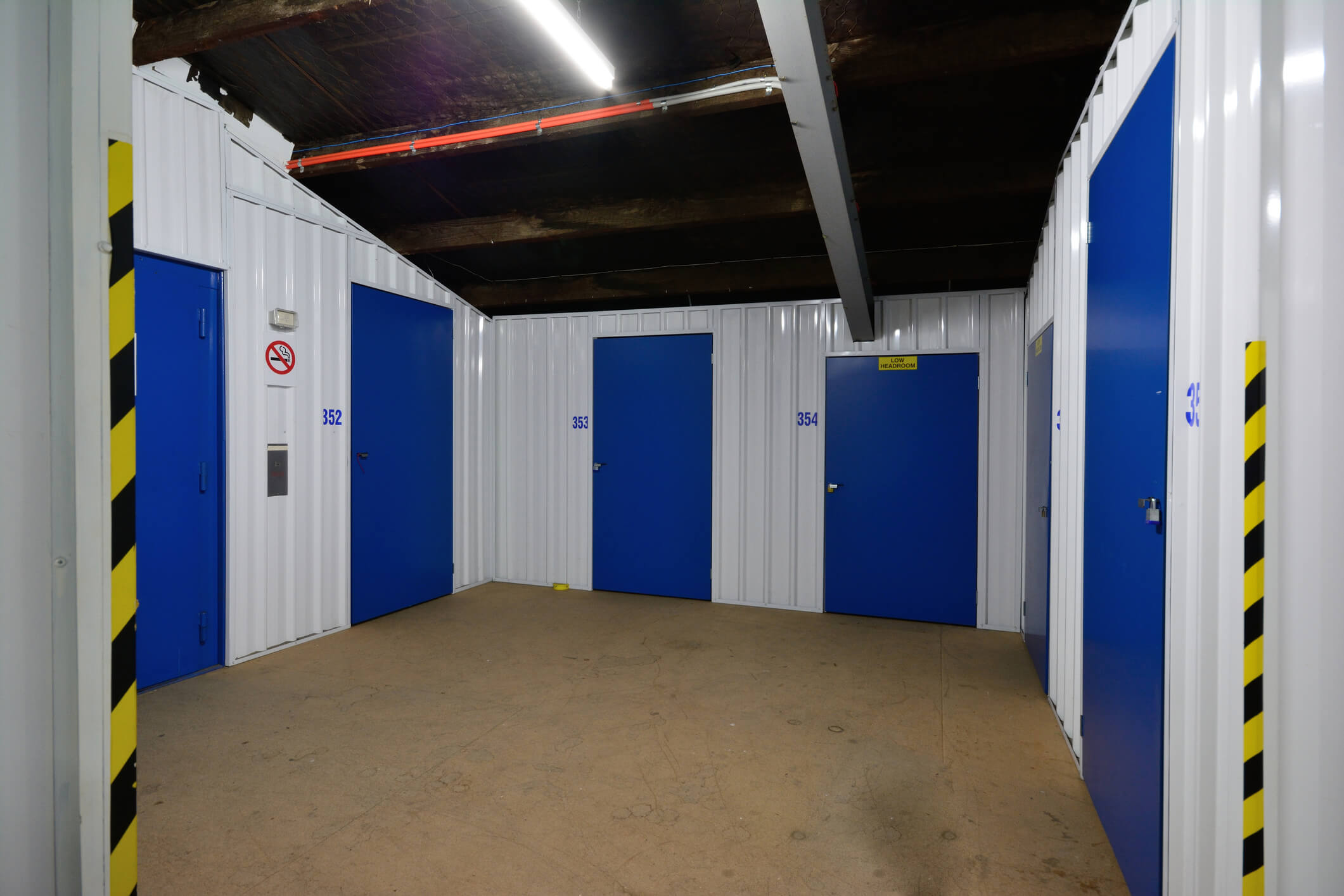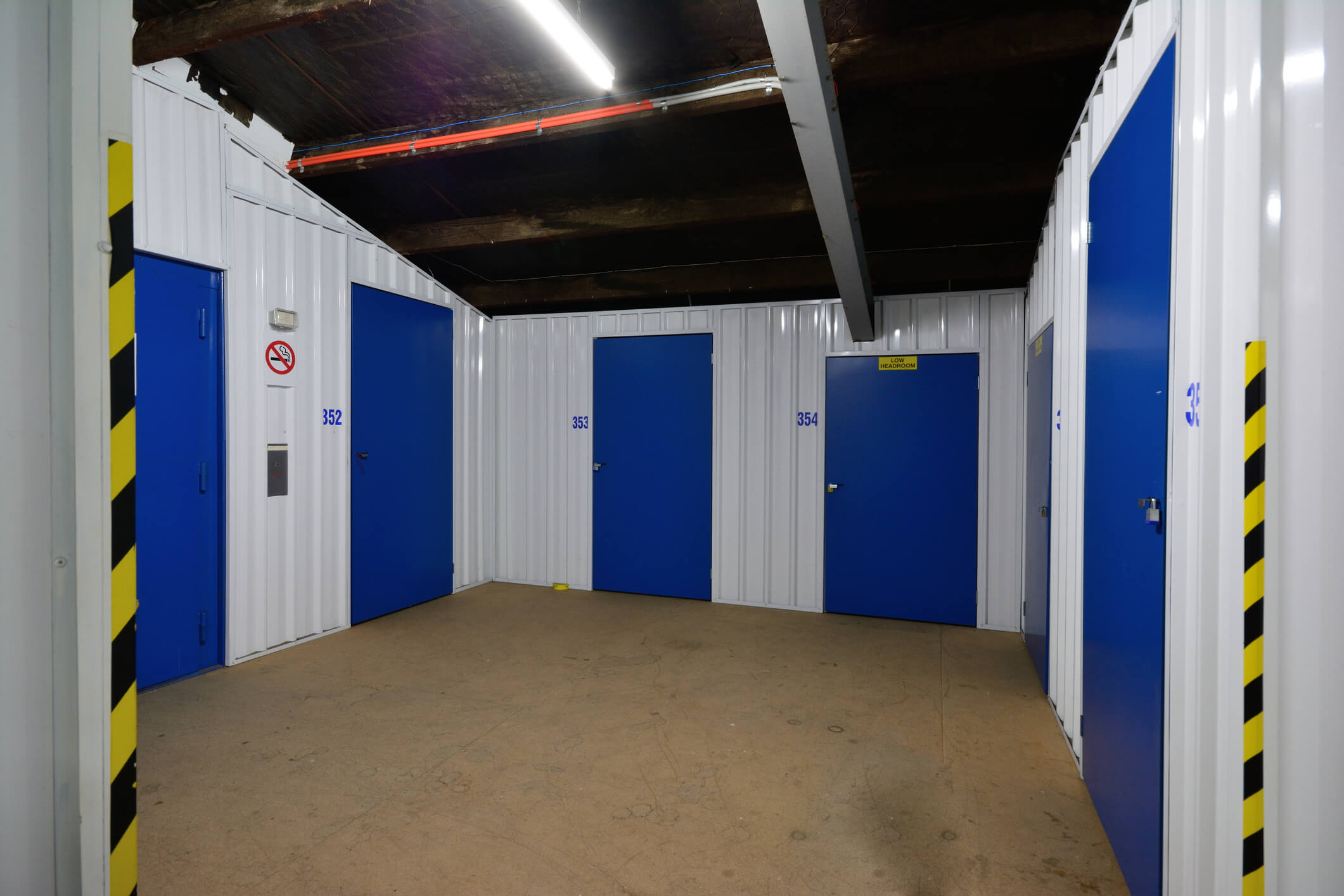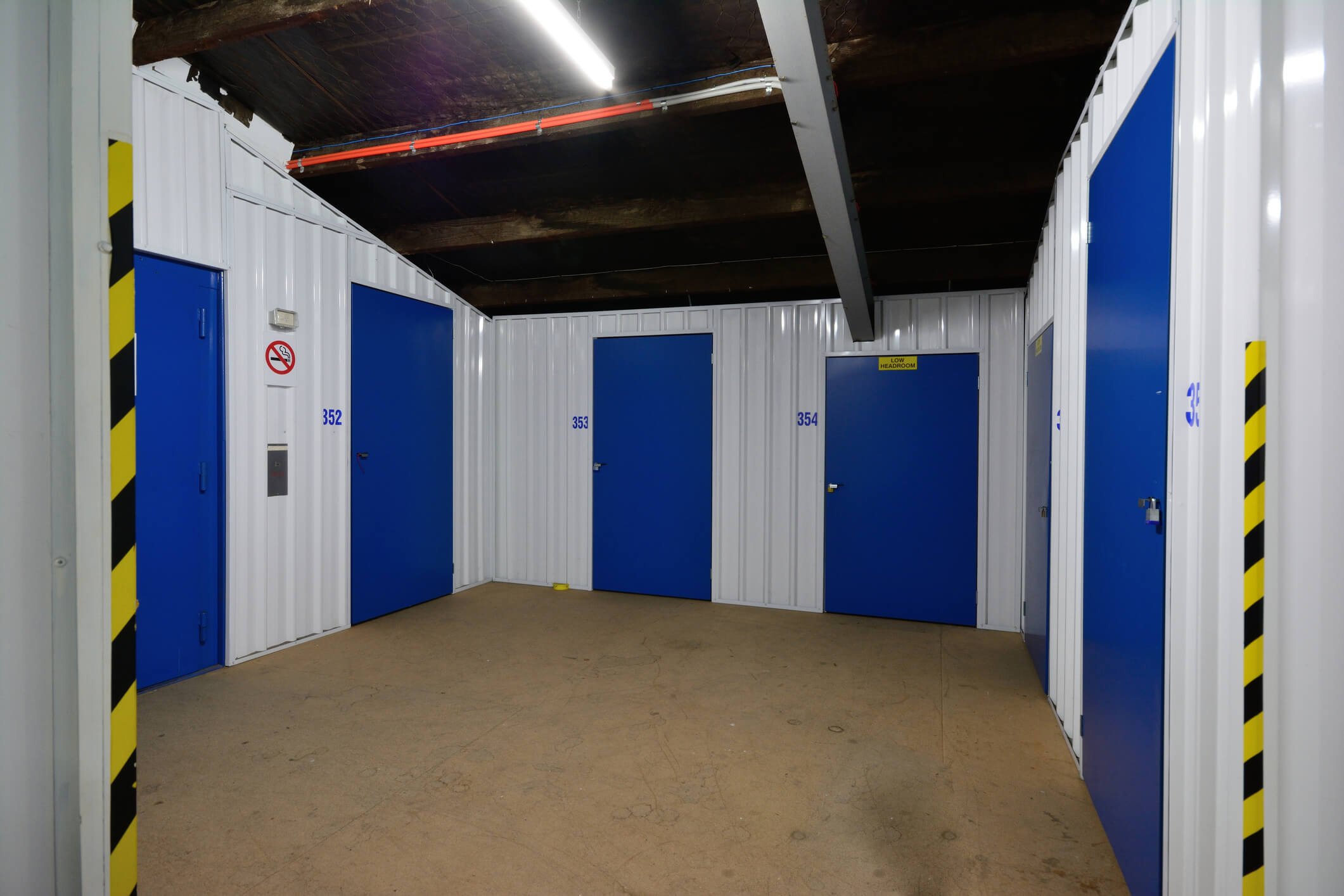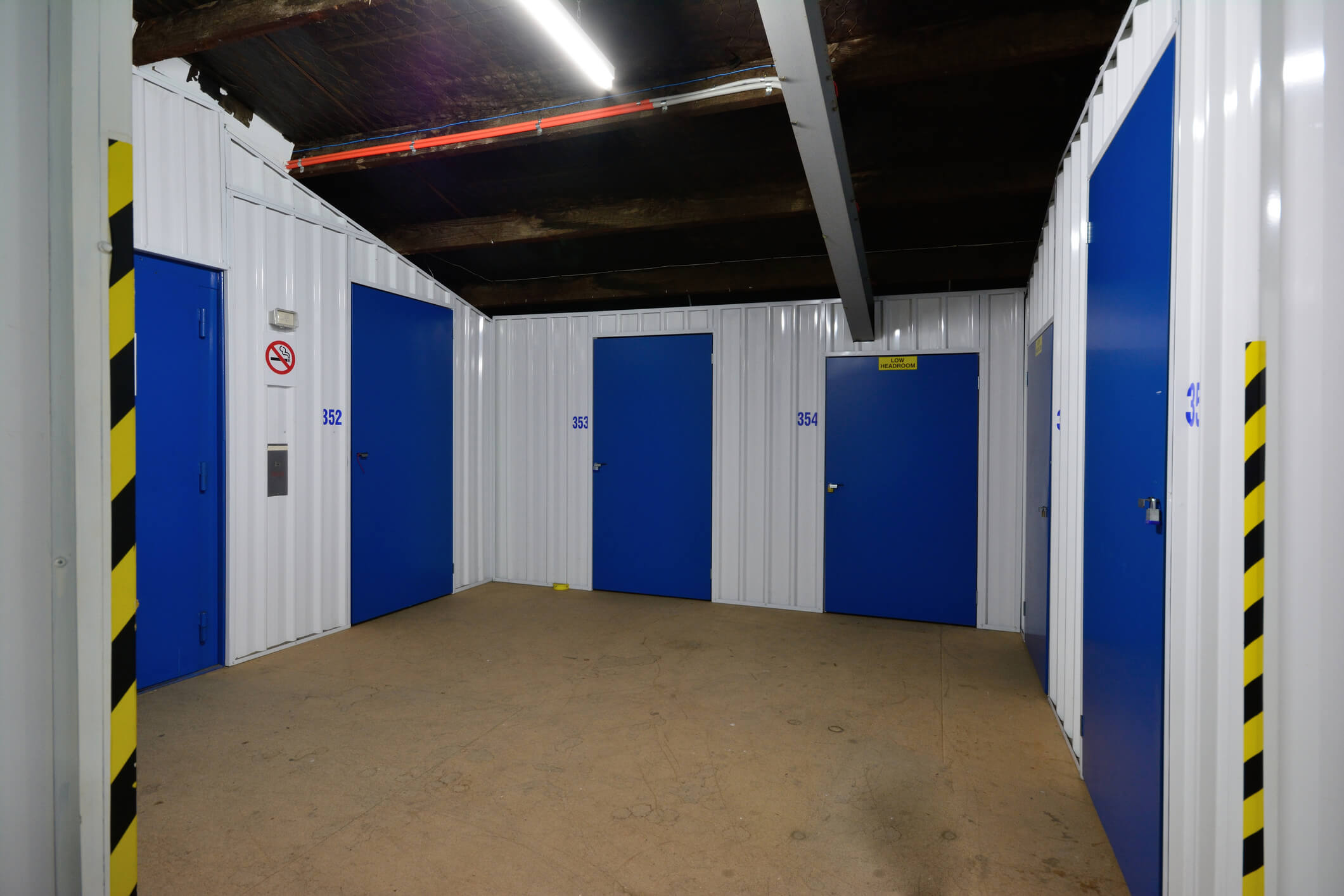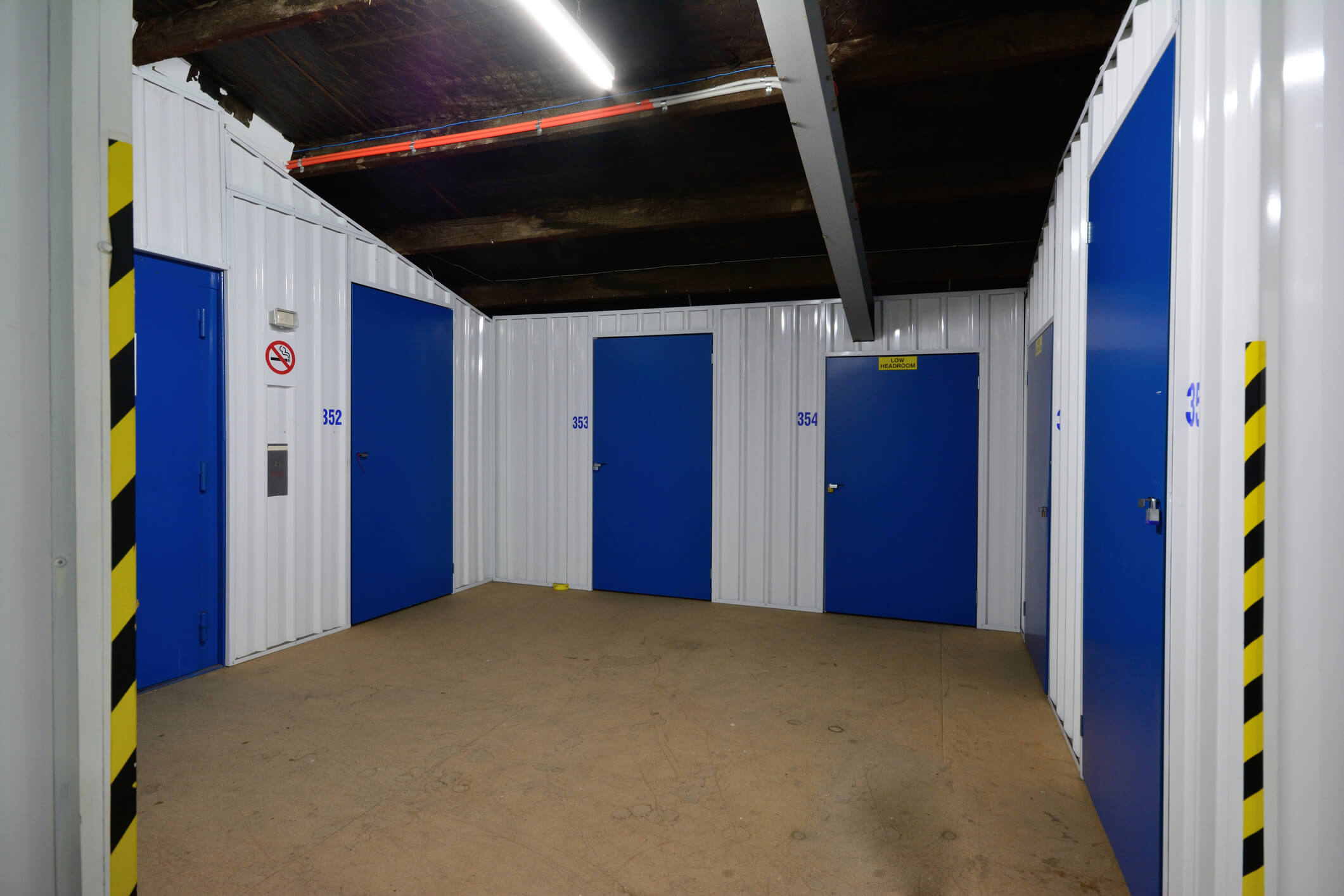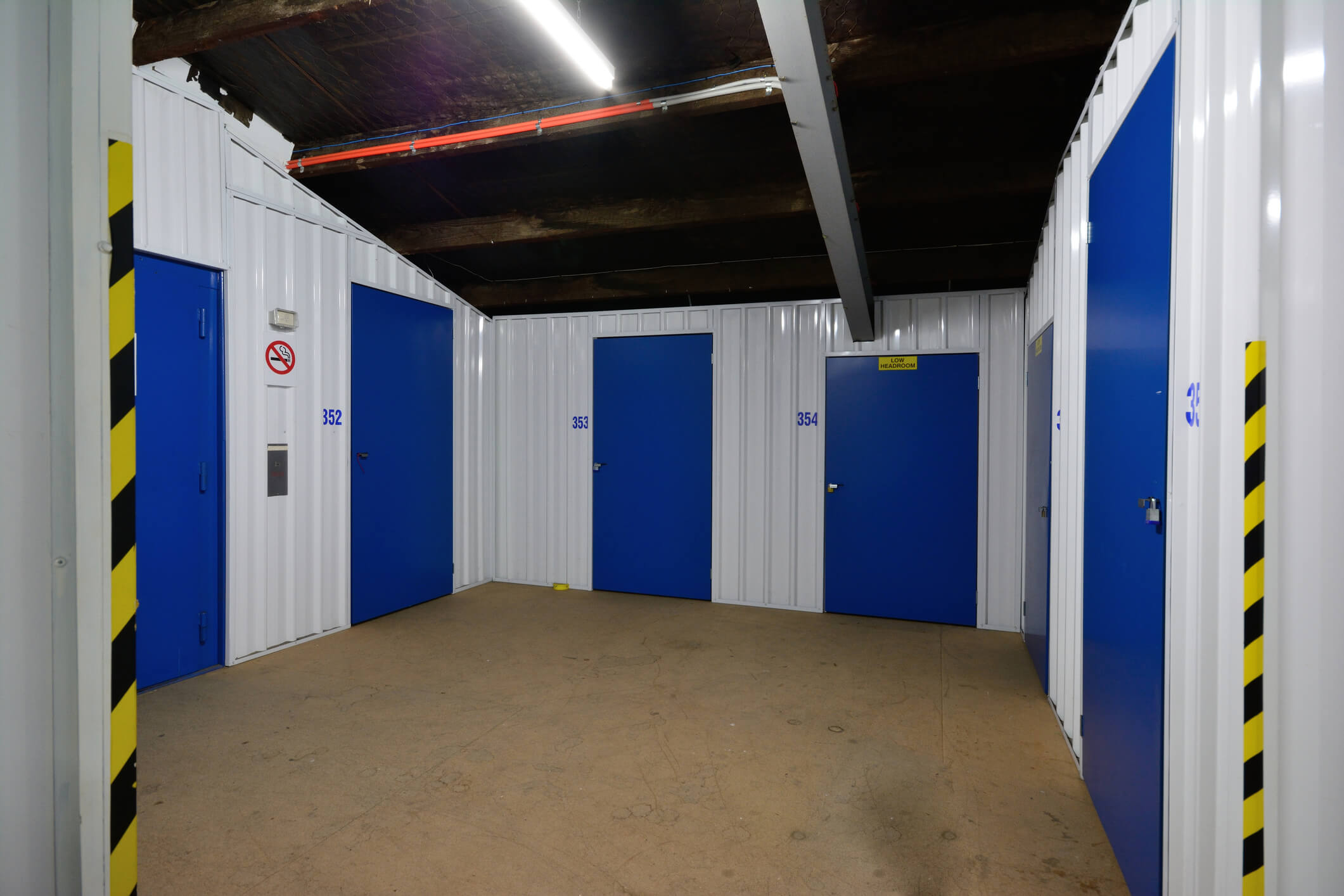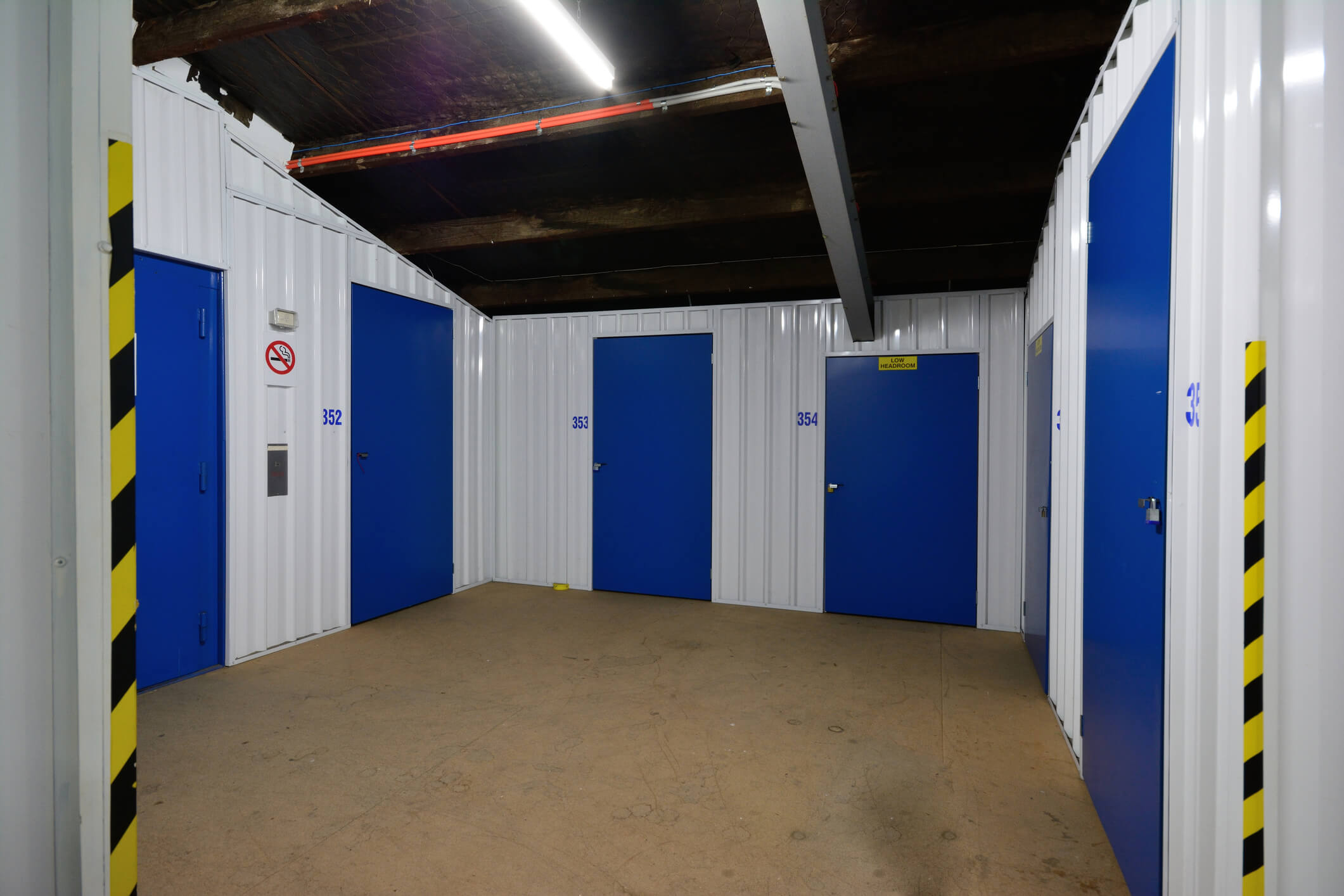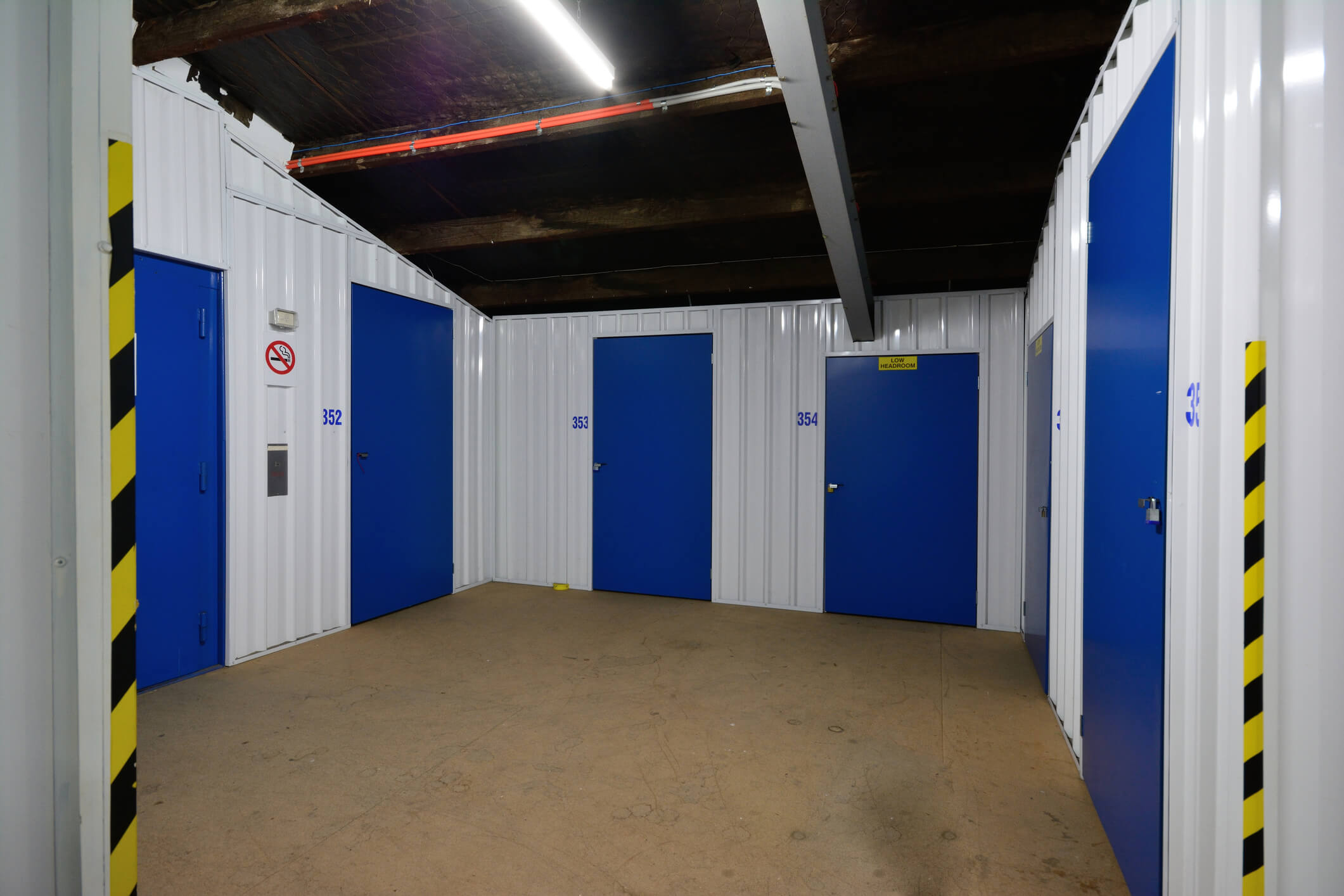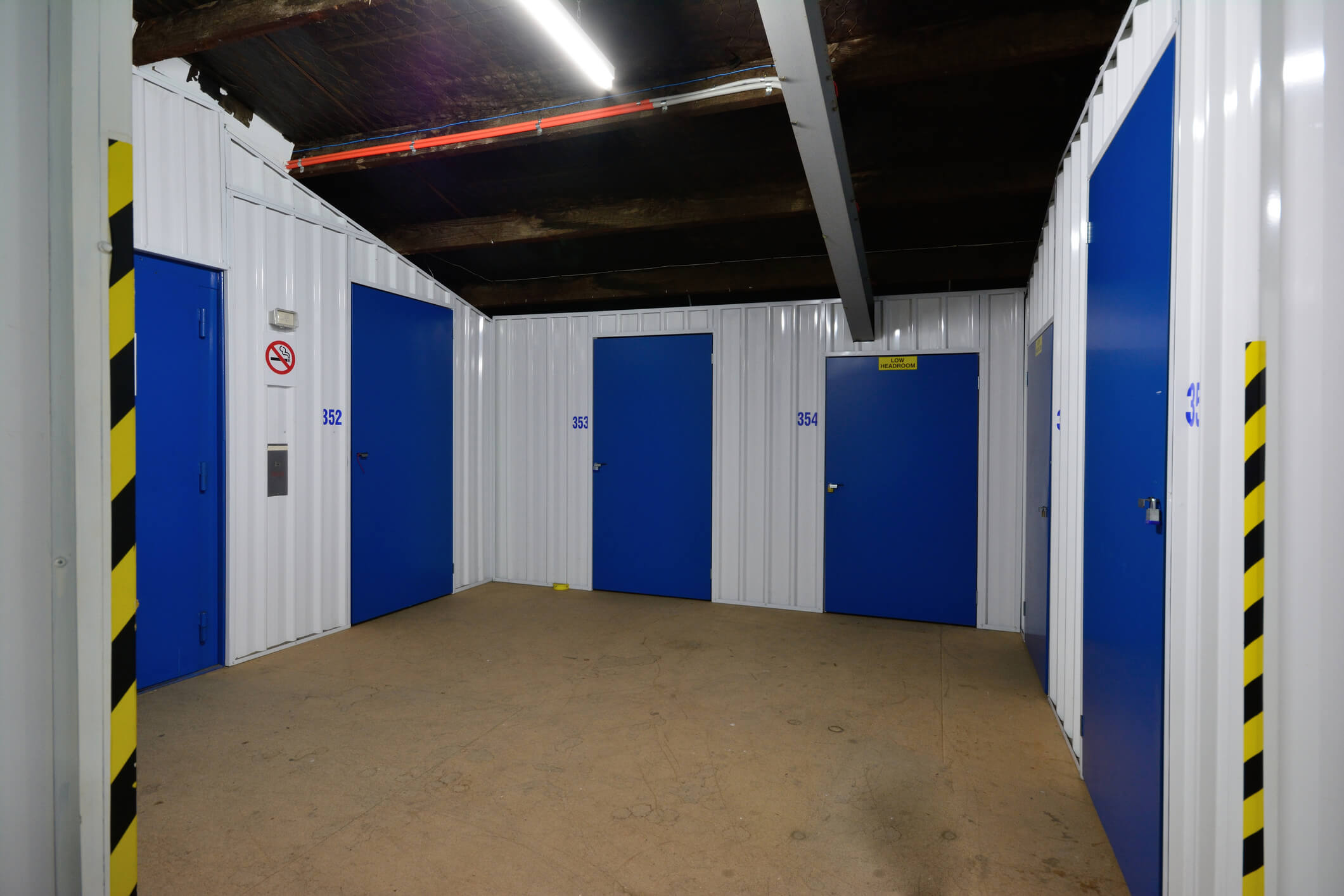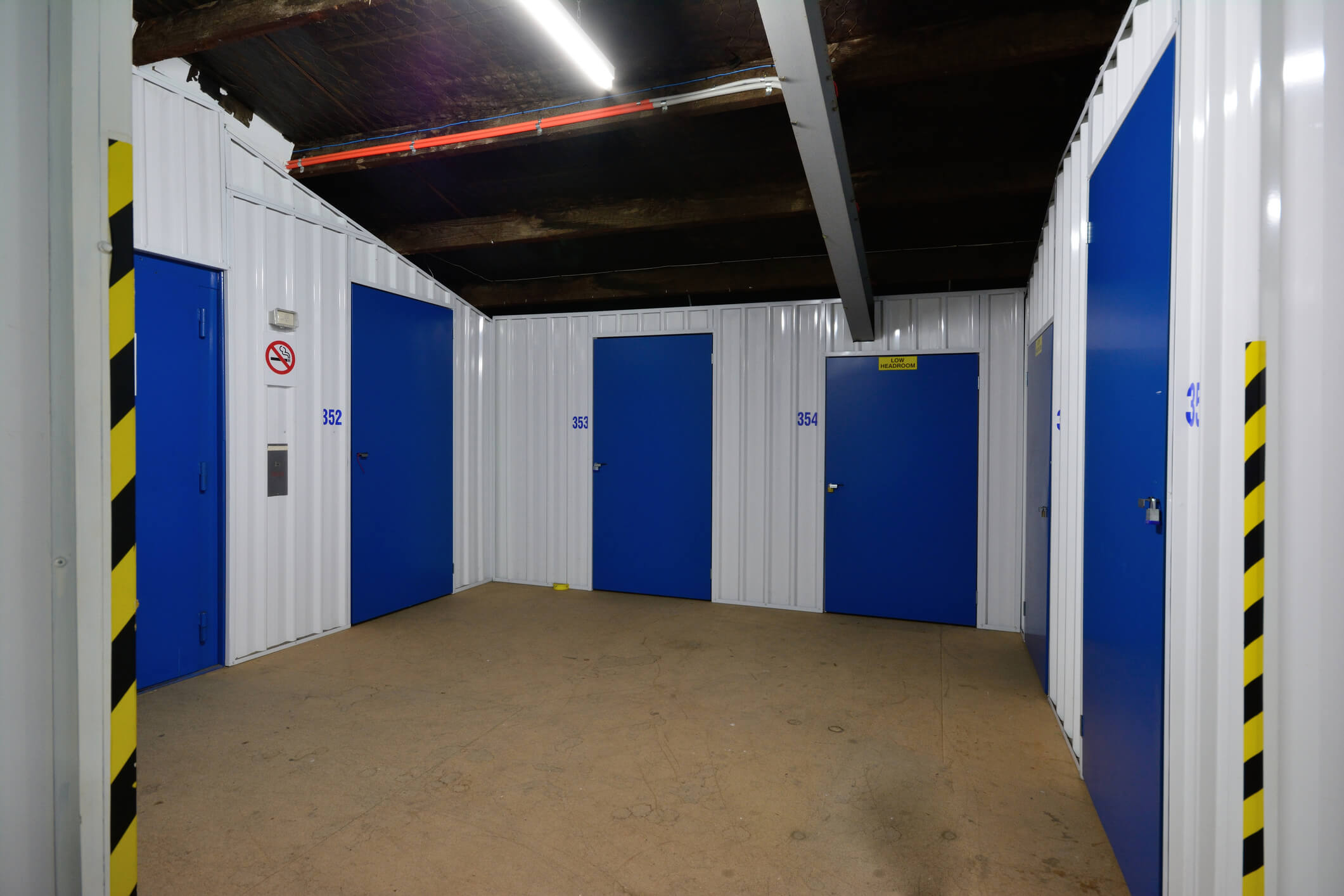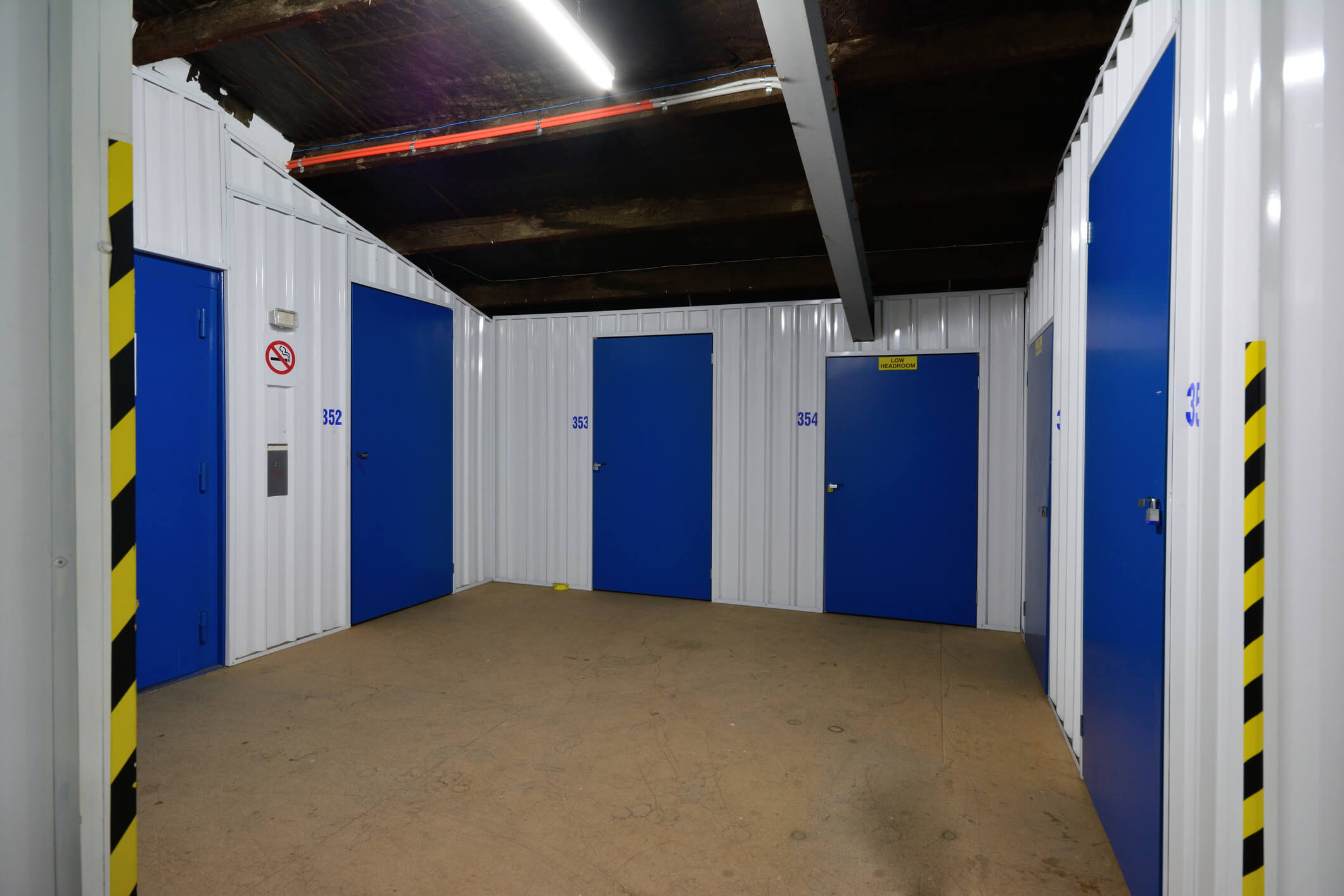Running a storage facility business involves significant operational risks that could force temporary closure or s…
Rural Storage Facility Insurance: Protecting Your Agricultural Storage Operations
Rural storage facilities form the backbone of agricultural operations across the UK, housing everything from grain and feed to machinery and equipment. Whether you operate a grain silo, hay barn, equipment shed, or multi-purpose storage facility, protecting your investment with comprehensive insurance coverage is essential for business continuity and financial security.
Understanding Rural Storage Facility Risks
Rural storage facilities face unique challenges that urban warehouses rarely encounter. Weather exposure, fire hazards from stored materials, theft in remote locations, and seasonal usage patterns all contribute to a complex risk profile that requires specialized insurance solutions.
Fire Risks
Fire represents one of the most significant threats to rural storage facilities. Grain dust, hay, and other organic materials can create explosive conditions, while electrical systems and machinery can provide ignition sources. A single fire can destroy not only the facility but also valuable stored crops, equipment, and potentially spread to adjacent buildings.
Weather-Related Damage
Weather-related damage poses another major concern. Rural facilities often lack the protective infrastructure of urban locations, making them vulnerable to wind damage, flooding, and storm-related destruction. Roof damage can lead to water ingress, spoiling stored products and creating mold problems that can affect future harvests.
Theft and Vandalism
Theft and vandalism present ongoing challenges for rural storage facilities. Remote locations make these facilities attractive targets for criminals seeking valuable equipment, fuel, or agricultural products. The isolation that makes rural locations cost-effective also makes them difficult to secure and monitor effectively.
Essential Coverage Components
Buildings Insurance
Buildings insurance forms the foundation of rural storage facility protection, covering the physical structures against fire, storm damage, flood, and other perils. This coverage should reflect the replacement cost of specialized agricultural buildings, which often feature unique construction methods and materials designed for specific storage purposes.
Contents Insurance
Contents insurance protects the valuable items stored within your facilities. This includes harvested crops, animal feed, fertilizers, pesticides, and other agricultural inputs. Coverage should account for seasonal fluctuations in stored values, as facilities may be nearly empty after harvest sales or completely full during peak storage periods.
Equipment Coverage
Equipment coverage protects the specialized machinery used in storage operations, including grain handling equipment, ventilation systems, temperature monitoring devices, and loading equipment. This coverage should include breakdown protection, as equipment failure can lead to spoilage of stored products worth far more than the equipment itself.
Business Interruption Insurance
Business interruption insurance provides crucial protection when storage operations must cease due to covered damage. This coverage can compensate for lost rental income if you lease storage space to other farmers, or cover additional costs incurred to store products elsewhere while facilities are being repaired.
Specialized Rural Storage Considerations
Grain Storage Facilities
Grain storage facilities require particular attention to dust explosion risks and fumigation procedures. Insurance policies should address the unique hazards associated with grain handling, including coverage for specialized cleaning and testing procedures following contamination incidents.
Hay and Straw Storage
Hay and straw storage presents significant fire risks due to spontaneous combustion potential. Proper ventilation, moisture monitoring, and fire suppression systems can help reduce premiums while protecting your investment. Some insurers offer discounts for facilities with automated monitoring systems that can detect temperature increases before combustion occurs.
Chemical Storage
Chemical storage, including fertilizers and pesticides, requires specialized coverage due to environmental liability concerns. Policies should include pollution liability protection and coverage for cleanup costs following accidental releases. Proper storage procedures and containment systems are typically required by insurers covering these risks.
Cold Storage Facilities
Cold storage facilities for perishable agricultural products need coverage that addresses the unique risks of refrigeration system failure. This includes spoilage coverage for stored products and additional expenses to maintain proper temperatures using temporary equipment while permanent systems are repaired.
Location-Specific Risk Factors
Flood Risks
Rural storage facilities must consider flood risks, particularly those located in agricultural areas prone to seasonal flooding. Standard commercial policies may exclude flood damage, requiring separate flood insurance or specialized agricultural flood coverage. Understanding your facility's flood zone designation and historical flooding patterns is crucial for adequate protection.
Wind Exposure
Wind exposure in rural areas often exceeds urban locations due to lack of surrounding structures to provide wind breaks. Facilities in exposed locations may require additional structural reinforcements and higher coverage limits to address increased wind damage potential.
Access Challenges
Access challenges can complicate emergency response and increase damage severity. Remote locations may experience delayed fire department response, making early detection and suppression systems more critical. Some insurers offer premium discounts for facilities with direct emergency service communication systems.
Seasonal Usage Patterns
Many rural storage facilities experience dramatic seasonal variations in usage and stored values. Insurance coverage should be structured to accommodate these fluctuations without leaving gaps in protection or paying for unnecessary coverage during low-usage periods.
Harvest Season
Harvest season typically represents peak exposure periods when facilities are full of valuable crops. Coverage limits should be adequate to protect maximum stored values, while also considering the increased activity levels that can elevate accident risks during busy periods.
Off-Season Periods
Off-season periods may see reduced stored values but increased maintenance activities. Coverage should address risks associated with construction work, equipment maintenance, and facility improvements that commonly occur during slower periods.
Risk Management Strategies
Effective risk management can significantly reduce insurance costs while improving facility safety. Regular maintenance schedules for electrical systems, ventilation equipment, and structural components help prevent losses and demonstrate commitment to loss prevention.
Security Measures
Security measures appropriate for rural locations include perimeter fencing, lighting systems, alarm systems with remote monitoring, and surveillance cameras. While complete security may be challenging in remote locations, visible security measures can deter opportunistic theft and may qualify for insurance discounts.
Fire Prevention Systems
Fire prevention systems should be designed for the specific materials stored in your facility. This may include specialized suppression systems for grain dust, heat detection systems for hay storage, or explosion suppression systems for facilities handling combustible materials.
Working with Agricultural Insurance Specialists
Rural storage facility insurance requires expertise in both commercial property insurance and agricultural operations. Working with insurers and brokers who understand agricultural risks ensures that coverage addresses the unique exposures faced by rural storage operations.
Proper Valuation
Proper valuation of rural storage facilities can be challenging due to specialized construction and remote locations. Professional appraisals may be necessary to establish appropriate coverage limits and ensure adequate protection against total loss scenarios.
Claims Handling Experience
Claims handling experience in agricultural settings is crucial when selecting insurance providers. Rural storage facility claims often involve unique challenges related to access, specialized equipment, and seasonal timing considerations that urban-focused insurers may not fully understand.
Regulatory and Compliance Considerations
Rural storage facilities must comply with various regulations depending on stored materials and facility size. Environmental regulations may apply to chemical storage, while food safety regulations could affect facilities storing animal feed or food products. Insurance coverage should address regulatory compliance costs and potential penalties.
Planning Permission and Building Regulations
Planning permission and building regulations compliance can affect insurance coverage. Facilities operating without proper permits may face coverage restrictions or exclusions. Ensuring all regulatory requirements are met helps maintain full insurance protection.
Health and Safety Regulations
Health and safety regulations apply to rural storage facilities, particularly those employing workers or allowing public access. Employers' liability coverage is essential for facilities with employees, while public liability coverage protects against third-party injury claims.
Cost Factors and Premium Considerations
Location Impact
Location remoteness can increase insurance costs due to higher theft risks and delayed emergency response. However, rural locations may also benefit from lower fire department service charges and reduced exposure to certain urban risks.
Construction Type
Construction type significantly affects premiums, with modern steel construction typically receiving better rates than older wooden structures. Fire-resistant construction materials and proper ventilation systems can help reduce premiums while improving safety.
Security and Risk Management
Security measures and risk management practices directly impact insurance costs. Facilities with comprehensive security systems, regular maintenance programs, and documented safety procedures typically qualify for lower premiums than those without such measures.
Conclusion
Rural storage facility insurance requires careful consideration of unique agricultural risks and seasonal variations in exposure. Comprehensive coverage should address building protection, contents coverage, equipment breakdown, and business interruption while accounting for the specific challenges of rural operations.
Working with insurance professionals who understand agricultural operations ensures that coverage adequately protects your investment while providing cost-effective solutions tailored to your specific needs. Regular policy reviews help ensure that coverage keeps pace with changing operations, stored values, and evolving risks in the agricultural sector.
The investment in comprehensive rural storage facility insurance provides peace of mind and financial protection that allows you to focus on your agricultural operations while knowing that your storage infrastructure is properly protected against the wide range of risks that rural facilities face.


 0330 127 2333
0330 127 2333

